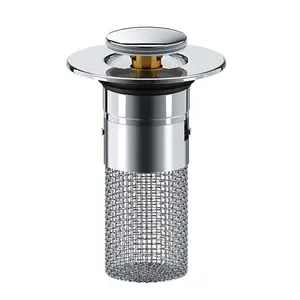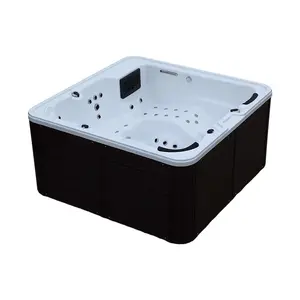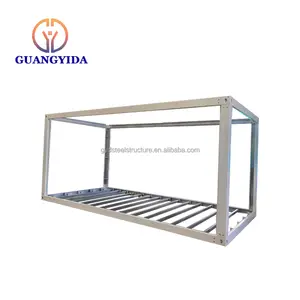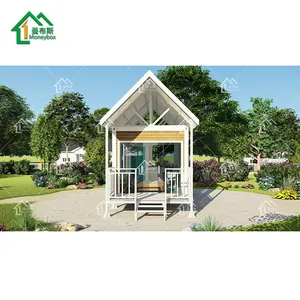Popular in your industry
























































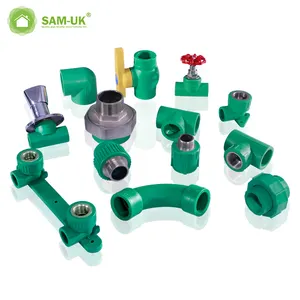

















Related Searches:




















































































































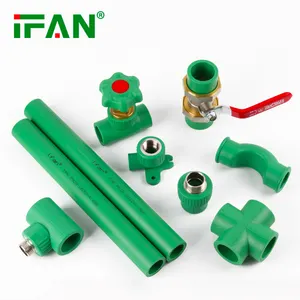





























Top categories
About 75mm ppr pipe
Understanding PPR Pipe 75mm
Known formally as Polypropylene Random Copolymer Pipe, the 75mm PPR pipe is a widely utilized plastic conduit, particularly for transporting hot and cold water in residential, commercial, and industrial environments. Its applications extend to air systems, chemical transport, and compressed air networks. The pipe is fashioned from a non-toxic, lightweight polymer, engineered for robustness and resistance to a broad spectrum of chemicals.
The manufacturing of PPR pipes involves extrusion, a process where the polymer is heated, melted, and shaped into a continuous profile. Subsequent cutting and joining through heat fusion create a pipeline that is both seamless and robust. The intrinsic resistance of the material to abrasion and its capacity to withstand elevated temperatures render it an exemplary choice for fluid transport under diverse operational conditions.
PPR pipes operate on the strength of their structural integrity and the inherent characteristics of polypropylene. This rigid material sustains its form amidst pressure and temperature shifts, a vital feature for systems requiring steady fluid flow. Additionally, the chemical inertness of PPR pipes ensures the purity of the transported media. These attributes, coupled with straightforward installation and cost-effectiveness, position PPR pipes as a preferred solution for those seeking efficient and dependable piping systems.
Varieties of PPR Pipe 75mm
Diverse types of 75mm PPR pipes are available to meet specific requirements and applications, each with distinct features and typical uses:
-
PPR Cold Water Pipe: Tailored for cold water conveyance, this pipe variant is unsuitable for hot water due to its lower thermal tolerance. It is, however, a staple in construction for its installation simplicity and enduring reliability.
-
PPR Hot Water Pipe: Intended for hot water systems, this pipe withstands higher temperatures, efficiently transporting hot water to various outlets such as sinks, showers, and heating units.
-
PPR Composite Pipe: Featuring an aluminum core sandwiched between PPR layers, this composite pipe merges the benefits of both materials, offering durability and thermal resistance for both hot and cold water plumbing.
-
PPR Stabi Pipe: Reinforced with fiberglass or metal foil for added stability and minimized thermal expansion, this pipe is often employed in environments with direct sunlight exposure or extreme temperature variations.
PPR Pipe 75mm is commonly used in both domestic and commercial settings for plumbing systems, as well as in industrial contexts for fluid and gas transportation.
Selecting the Right PPR Pipe 75mm
In choosing PPR pipes for commercial use, factors such as application, temperature range, and pressure demands must be considered. For plumbing installations, pipes should conform to industry norms for safety and water quality.
The decision between a 75mm pipe and other sizes hinges on the specific project's requirements—larger systems may be necessary for main lines in industrial contexts or for external water distribution.
Furthermore, the installation environment, whether above or below ground, influences the choice between standard and insulated PPR pipes to guard against temperature variations. The material selection (PPR versus PP) also plays a role in the pipe's durability and performance, with PPR often preferred for its superior heat and pressure resistance.
Adherence to local regulations and standards is crucial to ensure that the selected PPR pipe aligns with safety and environmental mandates for your business operations.
Procuring PPR Pipe 75mm on Alibaba.com
Alibaba.com emerges as a premier online marketplace for businesses in search of PPR pipes for extensive projects or specialized needs, connecting buyers with a global network of suppliers. Offering a wide array of PPR pipes ranging from 20mm to 150mm, Alibaba.com serves diverse commercial requirements and allows for product customization on bulk orders.
The platform enhances international trade with features that support communication in various languages and mobile-friendly interfaces for seamless use across devices. Trade Assurance adds a layer of security for buyers, safeguarding payments until order fulfillment is verified. Alibaba.com is a trusted source for quality products and secure supplier transactions worldwide.
Alibaba.com's commitment to small and medium-sized enterprises is evident in its tailored trading solutions, supporting businesses at every stage of growth. The platform enables efficient sourcing of PPR pipes, granting access to a vast supplier network ready to fulfill specific needs without compromising on quality or reliability.
Frequently Asked Questions About PPR Pipe 75mm
What are the principal advantages of PPR pipes compared to conventional materials?
PPR pipes boast a suite of advantages, including superior resistance to corrosion, chemicals, and extreme temperatures, along with flexibility and ease of installation. They are also lighter and designed for longevity and durability.
Are PPR pipes suitable for both cold and hot water systems?
Indeed, PPR pipes are apt for both cold and hot water systems, with specific types tailored to the temperature ranges they will encounter.
How does the longevity of PPR pipes stack up against other plumbing materials?
PPR pipes are renowned for their extended service life and robustness, frequently outperforming materials like copper or steel in plumbing applications.
What special considerations are necessary for outdoor PPR pipe installation?
Outdoor PPR pipe installation demands consideration of environmental elements such as UV radiation and temperature shifts that could impact pipe integrity.
What criteria should guide the selection of PPR fittings for pipe connections?
When choosing PPR fittings, ensure compatibility with the pipe dimensions and type, the installation's nature (exposed or concealed), and the fitting's design for specific or multiple uses.
How should the appropriate PPR pipe thickness be determined for a plumbing system?
Selecting the thickness for PPR pipes should be based on the system's pressure needs and intended function. Industry standards in your area provide specific recommendations.
Is customization available for PPR pipes to suit particular applications?
Suppliers often provide customization options for PPR pipes, catering to unique requirements such as specific lengths or specialized fittings.
Are there health concerns with PPR pipes in potable water systems?
PPR pipes are generally deemed safe for potable water systems, but it is essential to verify that they meet local health regulations and standards.
What support options exist for PPR pipe installation?
Support for PPR pipe installation can include supplier-provided technical advice, how-to videos, or professional installers experienced with PPR systems.
How does a PPR pipe's weight influence its installation and handling?
The lightweight nature of PPR pipes facilitates easier handling during installation, potentially reducing labor costs and the need for extensive structural support.
Can PPR pipes be utilized in industrial applications beyond plumbing?
PPR pipes are suitable for a variety of industrial uses, such as chemical transport or water treatment, thanks to their corrosion resistance and non-toxic properties.
What are the repair options for damaged PPR pipes?
Repairing PPR pipes is feasible, with the method and success rate contingent on the damage extent and the specific PPR variant.
What is the projected lifespan of PPR pipes in plumbing systems?
PPR pipes typically have a lifespan exceeding 50 years in plumbing systems, attributed to their high resistance to wear and corrosion.
Do international regulations affect the use of PPR pipes?
International regulations on PPR pipe usage vary by country and region, necessitating a review of local codes and standards prior to international procurement.
How do environmental conditions impact PPR pipes?
PPR pipes can be affected by environmental factors like chemical exposure, UV radiation, and temperature extremes. Choosing products designed for these conditions is essential.
Is it permissible to use PPR pipes for gas lines?
While PPR pipes' chemical resistance is apt for gas transport, it is crucial to select types specifically engineered for the pressures of gas systems.
